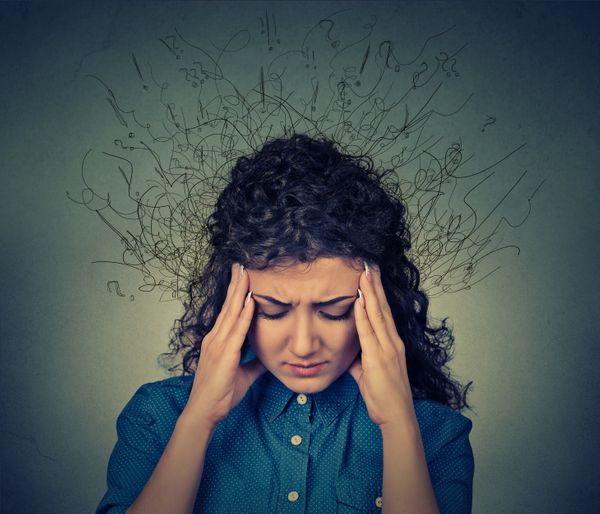Anxiety is not a one-size-fits-all condition; it comes in various forms, each with its own unique characteristics and triggers. As a result, treatment approaches for different types of anxiety can vary. Understanding the distinctions between these anxiety disorders and the corresponding treatments is crucial for providing effective care.
Tailoring Treatment: Addressing Different Types of Anxiety Disorders

Generalized Anxiety Disorder (GAD)
Generalized Anxiety Disorder is marked by excessive, uncontrollable worry about everyday life. People with GAD often find it challenging to control their anxiety, and they frequently anticipate worst-case scenarios. Cognitive-behavioral therapy (CBT) is a highly effective treatment for GAD. It helps individuals identify and challenge irrational thought patterns, enabling them to regain control over their worrying. Medications, such as selective serotonin reuptake inhibitors (SSRIs), are sometimes prescribed in conjunction with therapy.

Panic Disorder
Panic disorder is characterized by recurrent and unexpected panic attacks. These episodes can be debilitating and cause severe physical symptoms, including chest pain and shortness of breath. Treatment typically involves both therapy and medication. Cognitive-behavioral therapy helps individuals understand the triggers of panic attacks and learn techniques to manage them. Medications, such as benzodiazepines or selective serotonin reuptake inhibitors (SSRIs), can be prescribed to reduce the frequency and intensity of panic attacks.

Social Anxiety Disorder
Social anxiety disorder involves an intense fear of social situations and scrutiny by others. People with social anxiety may avoid social events or endure them with extreme discomfort. Cognitive-behavioral therapy is an effective treatment for social anxiety, helping individuals challenge negative self-perceptions and develop more positive social interactions. Exposure therapy is often a component of this treatment, gradually exposing individuals to social situations that trigger their anxiety. Medications like SSRIs and beta-blockers can also be used to alleviate symptoms.

Obsessive-Compulsive Disorder (OCD)
OCD is characterized by persistent, intrusive thoughts (obsessions) and repetitive behaviors (compulsions) performed to alleviate anxiety. Exposure and response prevention (ERP) therapy is considered the gold standard for OCD treatment. This form of CBT exposes individuals to their obsessions and prevents them from engaging in their compulsive behaviors, ultimately reducing anxiety over time. Medications, such as serotonin reuptake inhibitors (SRIs), are often used in combination with therapy to help manage symptoms.
In conclusion, understanding the various forms of anxiety and their corresponding treatment approaches is essential for providing effective care to individuals struggling with these conditions. Anxiety disorders are not uniform; they present unique challenges, triggers, and symptoms that demand personalized treatment strategies.
